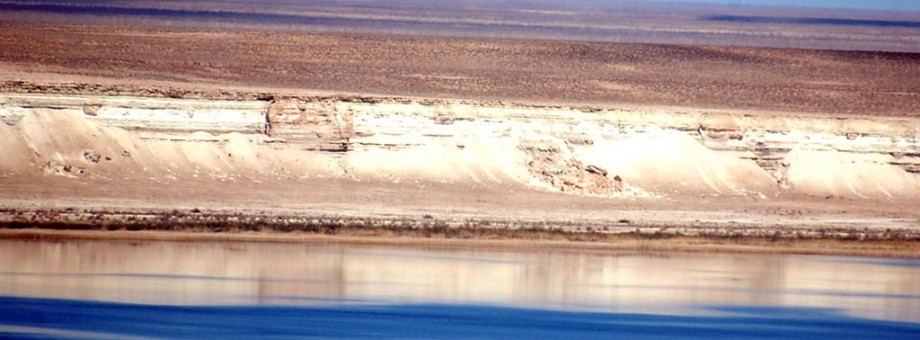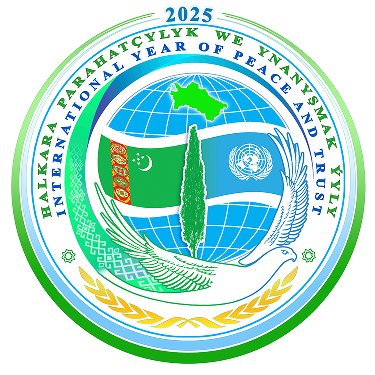Journey to presented world of Karakum Desert: Zengi-baba Lakes

When the wheels of the vehicle reels up miles of salt lands and sand dunes of the hills of Zaunguz Karakums, it is hard to imagine that having covered another slope you will see a magnificent chain of blue lakes of Zenghi –baba, which charm everyone who were happy to visit this place.
We will not highlight historical analysis or archaeological importance of this place but will evaluate the present. A man has brought the water, which bears a life in all its appearances, to the old track of Amudarya River, which disappeared thousands of years ago.
Biodiversity, which was brought by water course impresses with its variety starting from microscopic forms of photo - and zoo-plankton to well-developed phyto – and zoo – bentos, which has become a good forage base for dozens of fish and hundreds of bird species. ‘Migrants’ from China and India like bighead carp, grass carp and snakehead have integrated well together with native inhabitants of this place like roach, common carp, bream, sabre fish, asp, zander and catfish.
Availability of water supported to appearance of new plants and invertebrates including numerous arachnids and insets. Amphibians and reptiles, which have not been met in this place before, have come here. These processes will accelerate and increase with flooding of this place.
New water artery gave impulse to significant changes in life of birds, having made them changing migration routes and expanding nesting areas supporting to the growth of number and species. Inhabitants of wetland complex and tree and shrub formations have been added to eremophilas while their diversity exceeded two hundred species including endemics and plants from the Red Book.
We have spent less than two hours in this place, having managed to watch around fifty species including white-eyed pochard from the Red Book, great crested grebe wearing wedding dress, beautiful swans, rare yellow herons, white-tailed plover, great black-headed gull, sterns including big Caspian terns, which impress with their boldness during nesting period. Having a size of a dove, they have sharp bright-red 8 cm beaks and defend their nests striking tangible blows to uninvited guests in a flight making them retrieve.
Various rodents, predators and boars living in tugay bushes, shy gazelles coming for water have integrated well together with insectivorous represented by hedgehogs and shrews.
As many other uphill of our desert, Zengi-baba have introduced salt outliers where having some luck and observation skills, exit of geological formations and silhouettes of modern or disappeared animals and constructions can be seen.
Travelling along life artery will be continued. We are looking forward to see the second preserve of Kaplankyr, and Sarykamysh Lake, which was formed up at the place of ancient basin.


 NEWS
NEWS